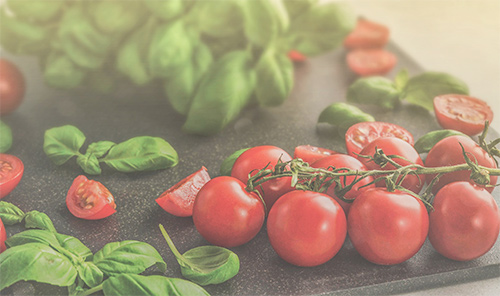
Growing and Cooking With Herbs
You don’t have to waste your hard earned money on store-bought herbs any longer. Growing and cooking with herbs that you grow and harvest saves money and provides an explosion of flavor in the food you cook.
The nannenarboretum.org team gathered the following growing tips and herb species to grow and harvest at home.
Growing Herbs at Home
The food you cook can be significantly enhanced by using herbs that you have grown and harvested from your garden. The following are ways of growing herbs and which species will grow well:
Full-Sun and Well-Drained Soil – Whether in your garden, your container garden, or indoors on a windowsill, these herbs are fast-growing and plentiful:
• Mint
• Chives
• Cilantro
• Parsley
• Tarragon
• Lavender
• Crispa (Shiso)
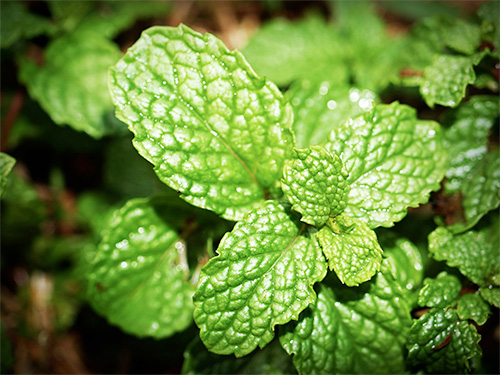
mint leaves in the garden
Woody Mediterranean natives like rosemary, lavender, and bay will quickly decline and rot if kept in moist soil. If your garden is not well-drained, these plants should be planted in raised garden beds or containers with excellent drainage.
Growing Herbs from Seeds – You can grow herbs from seeds indoors or in the garden. The key to growing them successfully lies within following the directions on the seed packet. Herbs easy to grow from seeds include:
• Parsley
• Chamomile
• Caraway
• Sage
• Dill
• Cilantro
• Calendula
• Basil
• Fennel
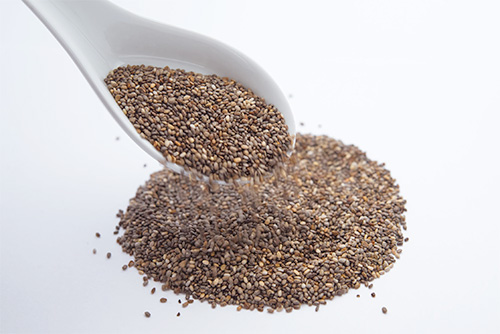
herb seeds
The directions on the seed packet will give the preferred amount of sunlight, soil pH, and in some cases, watering instructions.
Growing Herbs from Cuttings – During the height of your herb’s growing season (spring and summer), you can start new plants from cuttings. The following are herbs that can be grown from cuttings:
• Mint
• Oregano
• Sage
• Thyme
• Lavender
Some species like rosemary and tarragon have a later growing season. Cuttings from these herbs should be collected in the fall.
NOTE: Do not collect cuttings when your herb is stressed, wilted, diseased, or dormant. If the cutting root, they will grow with the same afflictions of the main plant.
Growing Herbs from Division – You can divide perennial herbs indoors throughout the year. If the divisions are to be used outdoors, fall is the optimum time to plant them, allowing time for them to become established for the following growing season. The following herbs respond well to division:
• Thyme
• Chives
• Garlic Chives
• Marjoram
• Oregano
• Lovage
Divide your herbs by gently digging up the root ball and pulling it apart or cutting it into sections. Replant each section in fertile, well-drained soil, indoors or in your garden.
Growing Herbs in Pots
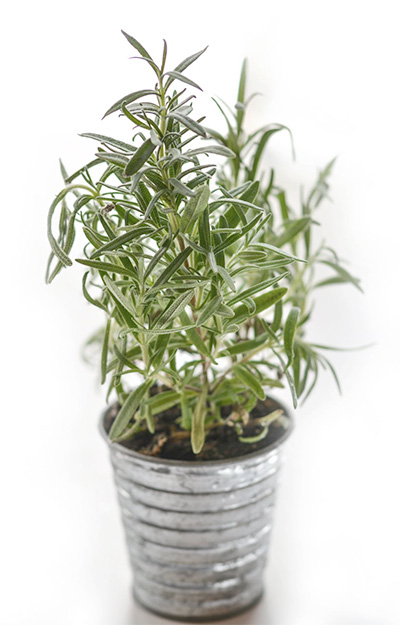
rosemary planted in a pot
A solution for living spaces with little to no garden area is container gardening. With container gardening, you can move your herbs to meet their sun requirements, and bring them indoors when severe weather or freezing temperatures threaten their vigor. The following tips will help your herbs flourish in containers:
The Right Pot for the Plant – When choosing a container for your herb, there are a few things to watch for:
All containers should have drainage holes. You can wick the pot for easy and consistent watering.
To wick a pot, use woven nylon rope to line the bottom of the pot (in a spiral) with one end of the rope placed through a drainage hole. Once your herb is planted in the pot, you can add water to the drainage tray, and the wick will pull the water to the soil as needed.
How big will the plant get? The height of the container should be one-third of the plant’s mature height. The plant tag or seed packet should list the mature height.
Potting Soil Selection – Potting soil isn’t as dense or compact as garden soil. It allows more water, air, and nutrients to be delivered to roots. Use a good quality or premium potting soil from your local garden center or nursery.
Remember to fertilize your plant if you are using the same soil from year to year.
Sun Exposure – Using containers allows you to move your herbs in or out of the sun. Many species will thrive with morning or evening sun, while others require full sun to flourish. Always check the plant tag or seed packet for the right light requirements.
Watering Your Herbs – Herbs in containers (indoors or outdoors) require frequent waterings. As long as your soil is well-drained, your herbs should be watered whenever the top inch of soil is dry to the touch. For wicked pots, you should verify that the wick is properly pulling water from the drain tray and, if not, water the plant when necessary.
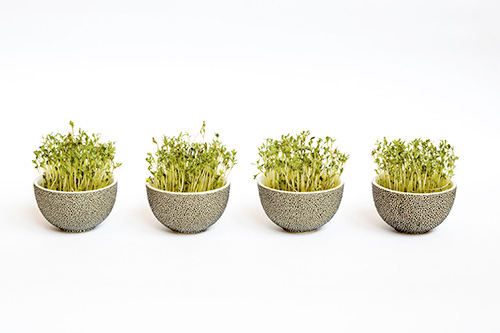
herbs in pots indoors
Herbs As Houseplants
Some species of herbs can grow large and full, making them attractive houseplants, as well as an ingredient for supper. Some of the more sought after herbs as houseplants include:
• Mint
• Oregano
• Parsley
• Thyme
• Rosemary
• Bay
• Scented Geranium
When herbs are grown indoors, their growing season can be significantly extended. Make sure they are getting the recommended amount of sun and water, and check them frequently for disease and insect infestations.
Diseased plants should be treated if possible. However, if the disease is advanced, the plant and soil should be isolated from your other plants and disposed of. Remember to sterilize any gardening equipment before using it on other disease-free plants and do not compost diseased plant material. Trash them or burn them.
Cooking with Homegrown Herbs
When your recipe calls for basil, thyme, parsley, or the herbs you are cultivating, you have the peace of mind of knowing exactly what has gone into the soil and how the plant has been kept pest and disease-free.
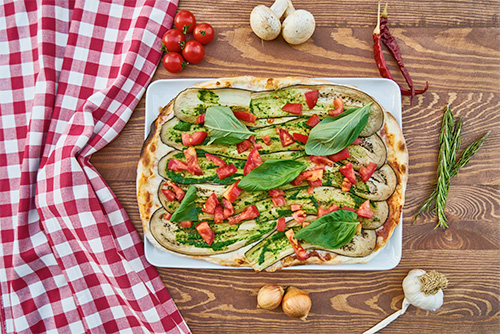
cooking with herbs
There is no comparison to the flavor of freshly picked herbs, and that will be evident from the time of their picking, cooking, and plating. The aromas will speak for themselves.
Harvest wisely and remove only what is necessary at the time. Removing more than 30 to 40% of a plant can leave it vulnerable to disease, infestation, or may permanently stunt its growth.
Harvesting Herbs from Your Garden
In this article, you discovered how to grow herbs in your garden or in your home to replace your store-bought ones permanently.
By growing your own herbs, you save money, enhance the food you make, and add greenery to your garden or home.
Sources:
extension.umn.edu/vegetables/growing-herbs-home-gardens
hgic.clemson.edu/factsheet/herbs/
uaex.edu/yard-garden/in-the-garden/herbs.aspx
miraclegro.com/en-us/library/container-gardening/growing-herbs-containers